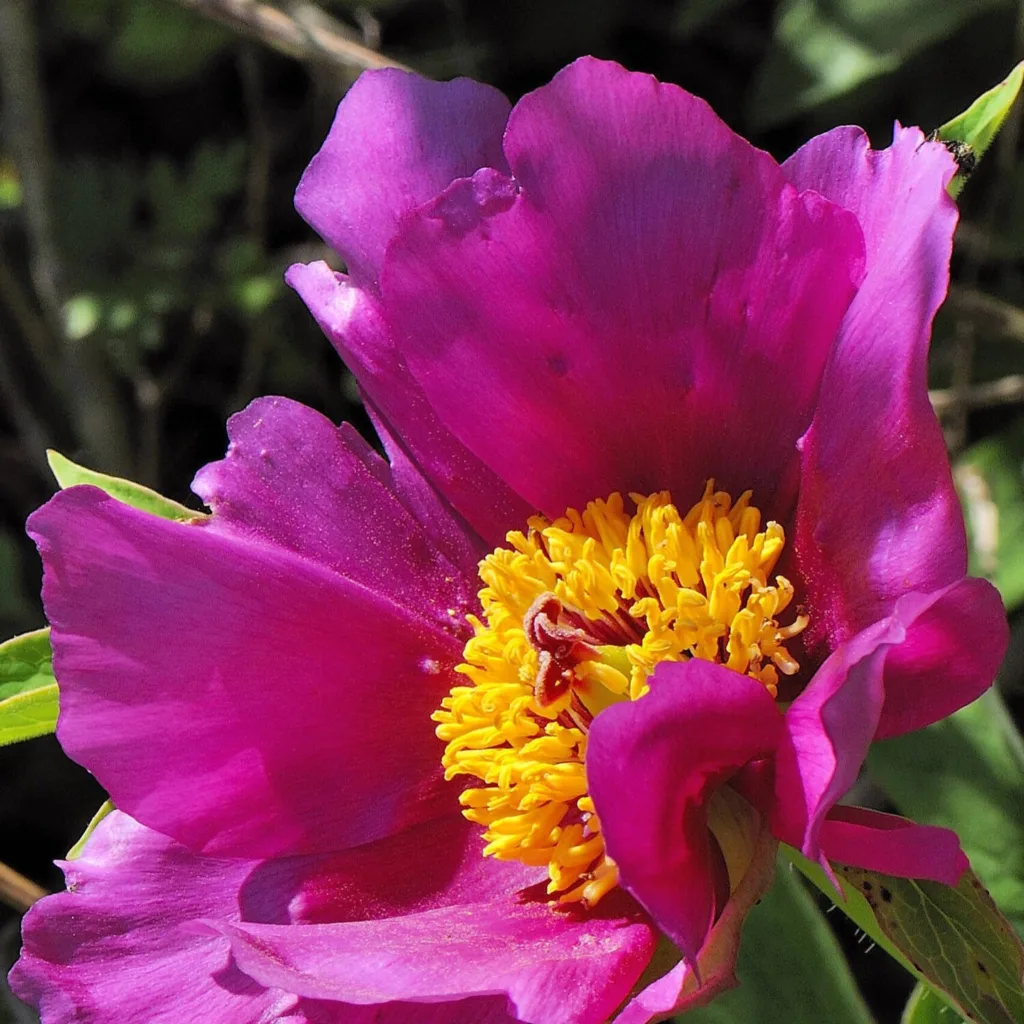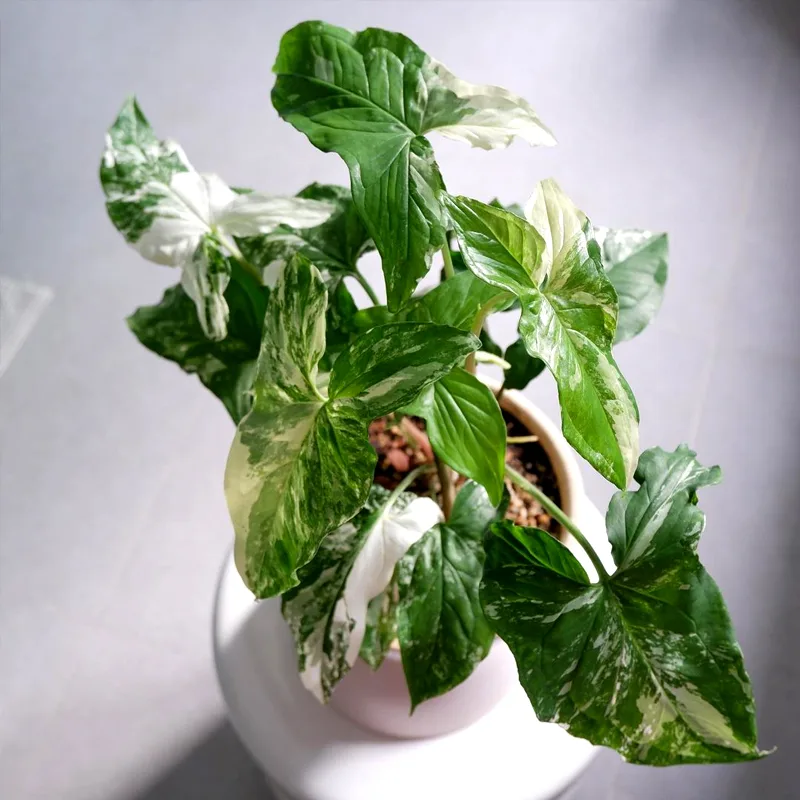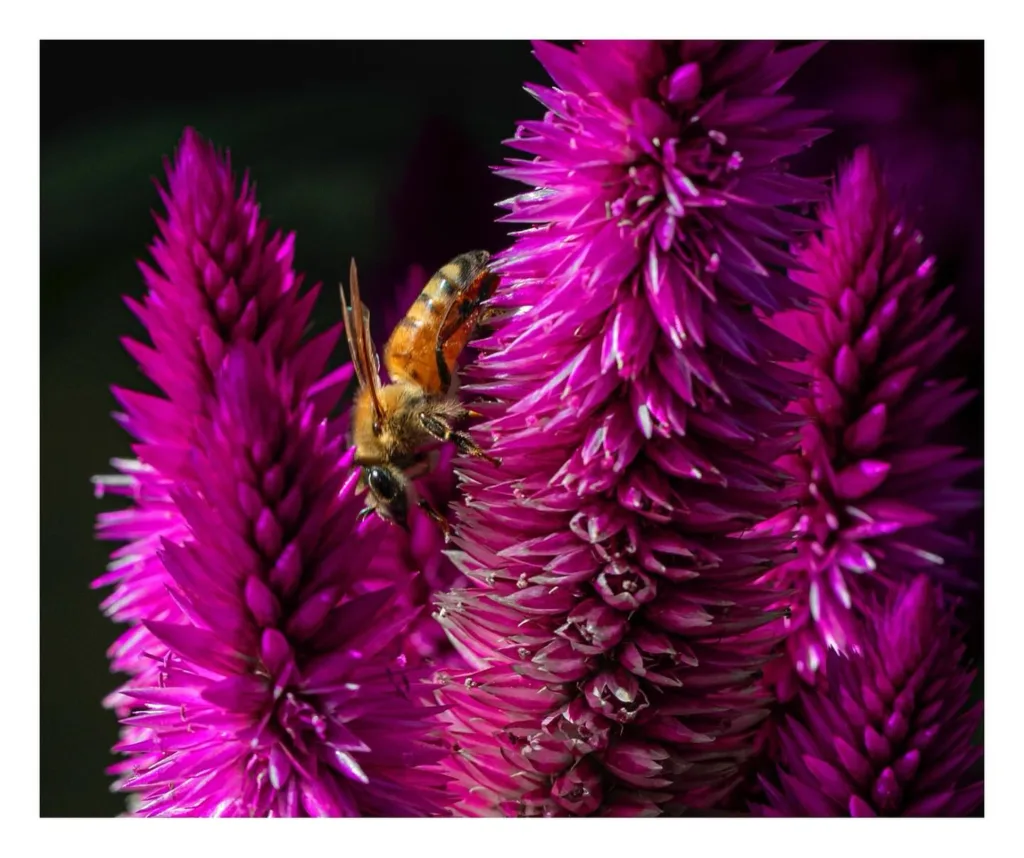When I first came across the El Nino Fern, I was immediately drawn to its unique appearance and versatility in aquariums. Over time, I’ve had the opportunity to work with this plant extensively, and I’d like to share some of the most frequently asked questions about El Nino Fern care, reproduction, and its role in aquariums, particularly with Betta fish.
74 Species in Genus Bolbitis
What is an El Nino Fern?
El Nino Fern, scientifically known as Bolbitis Heteroclita, is a resilient and adaptable aquatic plant often used in freshwater aquariums. Unlike many other ferns, it thrives in both submerged and emersed conditions, making it a favorite for aquascaping enthusiasts. Its deep green, textured leaves provide a natural and aesthetic look that enhances any aquarium setup.
How to Care for El Nino Fern?
El Nino Fern care is relatively straightforward, making it suitable for beginners and experienced aquarists alike. The plant does well in a variety of water conditions but prefers slightly acidic to neutral pH levels (around 6.0-7.5). I’ve found that it thrives best in temperatures between 68-78°F (20-26°C), making it compatible with most tropical fish species.
One of the key aspects of El Nino Fern care is ensuring moderate lighting. While it can tolerate low light, too much light can lead to algae growth on its leaves. I typically recommend positioning it in a shaded area of the aquarium to prevent excessive light exposure.
Does El Nino Fern Need Substrate?
One of the great things about El Nino Fern is that it doesn’t require substrate to grow. In fact, planting it directly in the substrate can harm the plant. Instead, the rhizomes should be attached to driftwood, rocks, or other hard surfaces. I usually use fishing line or cotton thread to gently tie the fern to these objects until it naturally attaches itself. This makes it an excellent choice for those looking to create a more natural and varied aquascape.
El Nino Fern vs Java Fern
I often get asked how El Nino Fern compares to the more commonly known Java Fern. Both are great for aquariums, but there are some differences to consider. Java Fern (Microsorum pteropus) is more common and slightly easier to care for, particularly in low-light conditions. However, El Nino Fern has a more intricate leaf structure and can add a unique texture to your tank.
In my experience, El Nino Fern is slightly more demanding in terms of water quality and lighting, but the effort is well worth it if you’re aiming for a diverse and visually appealing aquarium. Both plants are compatible and can be used together to create a lush, green aquascape.
How to Plant El Nino Fern?
As I mentioned earlier, El Nino Fern doesn’t require substrate. To plant it, I recommend attaching it to hardscape elements like driftwood or rocks. The key is to ensure that the rhizome, the horizontal stem where the leaves grow, remains exposed and not buried in the substrate. Over time, the fern will attach itself to the surface, creating a natural and secure hold.
El Nino Fern Reproduction
El Nino Fern reproduces through a process called sporulation, where tiny spores develop on the underside of its leaves. These spores eventually release and can settle on surfaces within the aquarium, growing into new plants. In my tanks, I’ve noticed that reproduction occurs more readily in stable, well-maintained environments with consistent water parameters.
Another method of propagation is through rhizome division. You can carefully cut the rhizome with a sharp, sterilized blade and attach the sections to new surfaces. I find this method particularly effective for spreading the plant throughout different areas of the tank.
Is El Nino Fern Good for Betta Fish?
El Nino Fern is an excellent plant for Betta fish tanks. Bettas love having places to hide and explore, and the dense, leafy structure of the fern provides ample cover and resting spots. I’ve observed that Bettas often rest on the broad leaves of the El Nino Fern, especially when the plant is positioned near the water surface.
Moreover, because El Nino Fern doesn’t require substrate and grows well attached to decor, it doesn’t disturb the delicate environment Betta fish prefer. The plant also contributes to better water quality by absorbing excess nutrients, which helps prevent algae growth—a common issue in Betta tanks.
How to Propagate El Nino Fern?
Propagating El Nino Fern can be done in two main ways: through spore dispersion and rhizome division. While spore dispersion is a natural process, it can be slow. Rhizome division, on the other hand, is quicker and more controlled. When I propagate El Nino Fern, I prefer to divide the rhizome, ensuring each section has at least a few leaves and roots. I then attach the new sections to different areas within the tank, allowing them to establish themselves.
What to Plant with El Nino Fern?
When considering tank mates for El Nino Fern, I recommend choosing other low to moderate light plants that thrive in similar water conditions. Plants like Anubias, Cryptocoryne, and Java Moss are excellent companions. These plants, like the El Nino Fern, don’t require substrate and can be attached to hardscape, creating a cohesive and natural-looking aquascape.
Final Thoughts
El Nino Fern is a versatile and rewarding plant to incorporate into your aquarium. Whether you’re setting up a Betta tank or looking to add variety to an established aquascape, this fern offers both aesthetic and practical benefits. Its ease of care, ability to thrive without substrate, and compatibility with other plants make it a valuable addition to any freshwater setup. With the right care and attention, your El Nino Fern can become a thriving, integral part of your aquatic environment.
If i die, water my plants!



